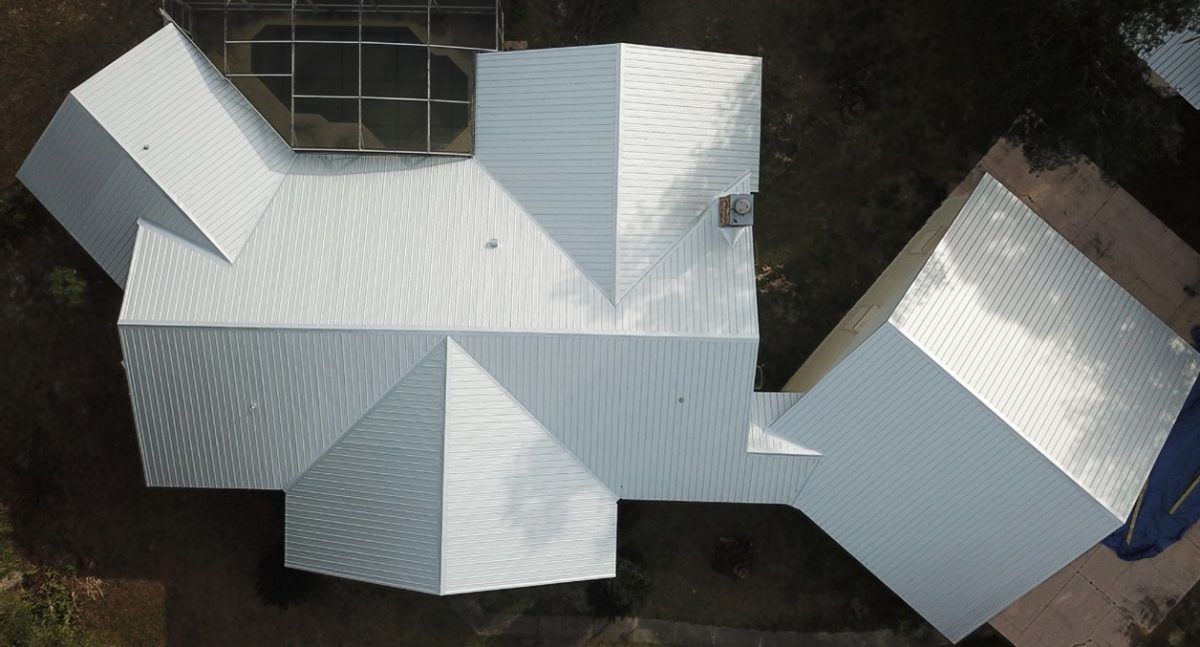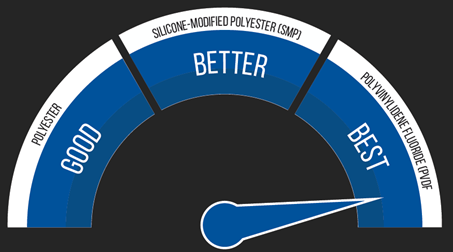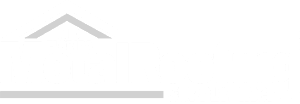Galvalume or Painted Finish?
When it comes to choosing the right metal roof for your home, you will be faced with the decision of choosing a non-painted (acrylic coated) or painted finish. Either finish will offer a 25+ year limited warranty depending on the finish and paint system.

Galvalume
Mid Florida Metal Roofing Supply is committed to using only the highest quality products for our panel systems. Our products are made of the highest quality steel, allowing us to provide top quality material to our customers. The lifespan of a steel roof or wall panels depends on the quality of the coating system that protects it.
Galvalume is a tough, durable coating that consists of zinc, aluminum, and silicon. It is created using a 55% to 45% ratio of aluminum to zinc alloy with a small amount of silicon to ensure durable and even adhesion. Galvalume is used to protect iron-based alloys that are prone to rust and corrosion. Galvalume coated steel protects the underlying steel from oxidation. Galvalume is applied to both sides of cold-rolled steel sheets using a hot-dip process that protects edges as well.
If you choose a galvalume finish, you will get a unique pattern, or spangle. The spangle is created from combining and melting the different types of metals together to create a metal coil.

Painted Finish
The Multi-Rib, PBR/R, and 5V panels are offered in a Sherwin Williams Weather XL Silicone Modified Polyester (SMP) coating. The 5V and Standing Seam panels are offered in a Kynar paint system, which contains 70% of Polyvinylidene Fluoride (PVDF) resin. Our SMP coatings are made using ceramic and inorganic pigments. Ceramic pigments, similar to those used in PVDF coatings, offer superior color stability, chalk and fade resistance, and gloss retention over other SMP coatings. The Kynar finish is designed to withstand extended exposure to harsh UV rays, water, humidity, high temperatures, oxygen, and other atmospheric pollutants by resisting the chemical breakdown that happens as coatings age.
Almost all the colors Mid Florida Metal Roofing Supply offer are Energy Star rated. To meet Energy Star Requirements a roofing material must have a Solar Reflectance Index (SRI) of 29 or higher to meet steep slope (>2:12 pitch) roofing. Putting a metal roof on your home could cut your energy costs by up to 40%!

Other metal supply companies will offer a polyester coating on their panels, which is a subpar finish. If you were to purchase a panel with a polyester coating, you would see deterioration much sooner than with a SMP or Kynar finish.

Contact us today!
Contact your Mid Florida Metal Roofing Representative for more information regarding our available paint systems.
Phone: 352-742-7070
Or send us an email: sales@mfmrs.com
About Mid-Florida Metal Roofing
Mid-Florida Metal Roofing Supply has been in the business for 16 years. MFMRS manufactures a wide variety of metal roofing products including; Multi-Rib (AG), PBR/R, 5V and Standing Seam in a Galvalume mill finish, as well as, a wide variety of colors to meet all your preferences.
We also manufacture an extensive list of flashing profiles to meet any standard or custom application as needed. We specialize in custom profiles serving a wide variety of needs in the construction industry. Our profiles can also be ordered in custom lengths up to 21ft.
We are committed to producing quality products in a timely manner and pride ourselves with friendly personal customer service.




